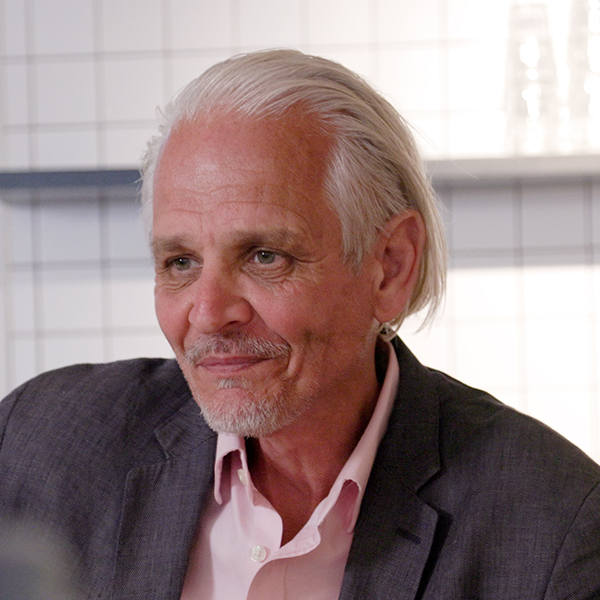The UK’s Worker Protection Act came into force last October; now is the time for all employers to act.
As former lawyers, my colleagues and I are used to working with words – we play with them, change them and adapt them to communicate the message we want to give. However, more and more communication is made through images. Everyone is also increasingly aware that nonverbal communication is in fact more powerful than the words we carefully analyse.
According to psychologist Albert Mehrabian, Professor Emeritus of Psychology, UCLA, “93 percent of communication is nonverbal. Studies find that the human brain deciphers image elements simultaneously, while language is decoded in a linear, sequential manner taking more time to process.”
We are all bombarded with images all the time in the real world and via screens. Even when you are trying to consciously evaluate these images it is hard not to be influenced by them and some people will be influenced more than others. We often accept images more readily than words and do not challenge the pictures put in front of us.
Many businesses and managers are working to improve the diversity of their workplaces but the images used to portray particular careers can drag us back. If you google Member of Parliament and look at the images, you have to scroll through 40 images of men (ignoring the large group images) before you reach an image of a woman. This image is for Yasmin Ratansi an MP in Canada who was the first Muslim woman to be elected to the Canadian House of Commons . The next image of a woman is from a painting of Lady Astor the first woman MP to take her seat in the House of Commons, flanked by two men. Keep scrolling and there continue to be incredibly few images of women yet 32% of MPs in the UK are women. 32% is clearly not enough but the images which are portrayed imply it is much, much lower. There is not even an image of our female Prime Minister. Similarly negative figures are present for images for doctors – 45% of doctors in the NHS are women and 52% of GPs in the NHS are women and yet of the first 12 images that come up nine are men and of the three of women one is a cartoon and one is Doctor Who. Its great we have a female Doctor Who but we also have plenty of female doctors! The figures are similar whether you search for manager, leader or any other powerful work place word.
We use images in our work places whether as background to presentations and other visual communication or as the focus of marketing campaigns. We need to consider how important these visual cues are for people and use what we know about the power of images to help us affect change. Images used should at a minimum reflect reality and ideally the inclusive, diverse workplaces that we want to create.
Related Articles

Creating psychological and challenger safety: a practical guide

Harriet Harman Report on sexual harassment: How should law firms respond?






